Discover 15 hidden attractions, cool sights, and unusual things to do in Hachioji (Japan). Don't miss out on these must-see attractions: Tama Zoological Park, Naganuma Park, and Hachiōji Castle. Also, be sure to include Musashi Imperial Graveyard in your itinerary.
Below, you can find the list of the most amazing places you should visit in Hachioji (Tokyo).
Table of Contents
Tama Zoological Park

Also known as: 多摩動物公園
Zoo in Hino, Japan. The Tama Zoological Park is a zoo, owned by the government of Tokyo Metropolis, and located in Hino, Tokyo, Japan. The Tama Zoo was opened on May 5, 1958, originally as a branch of the Ueno Zoo. The zoo aims to use its large site – 52 ha, compared to the 14.3 ha of the Ueno Zoo – to show its animals moving in a more free and natural environment.[1]
Naganuma Park

Park in Hachioji, Japan. Naganuma Park is a public park in the Naganuma-cho region of the city of Hachiōji in Tokyo, Japan.[2]
Hachiōji Castle
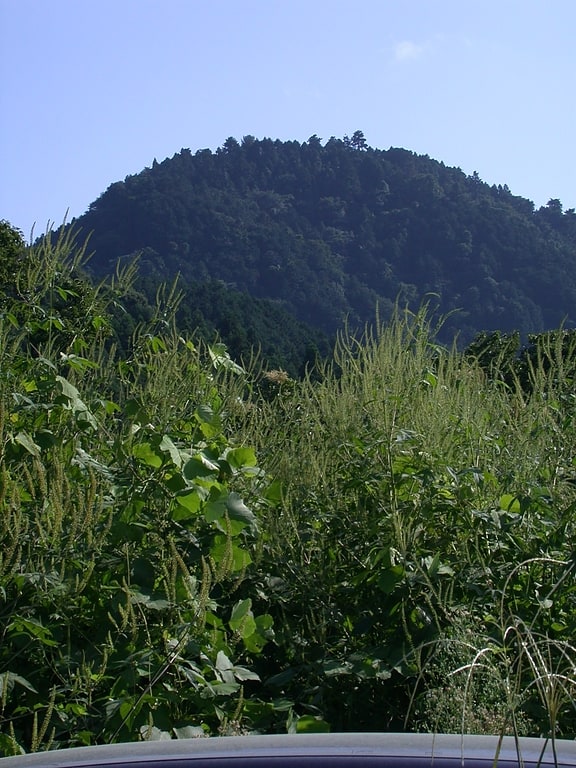
Also known as: 八王子城
Historical landmark in Hachioji, Japan. Hachiōji Castle was a Sengoku period Japanese castle, located in what is now the city of Hachiōji, Tokyo, in the Kantō region of Japan Its ruins have been protected as a National Historic Site since 1951, with the area under protection extended in 2005.[3]
Musashi Imperial Graveyard
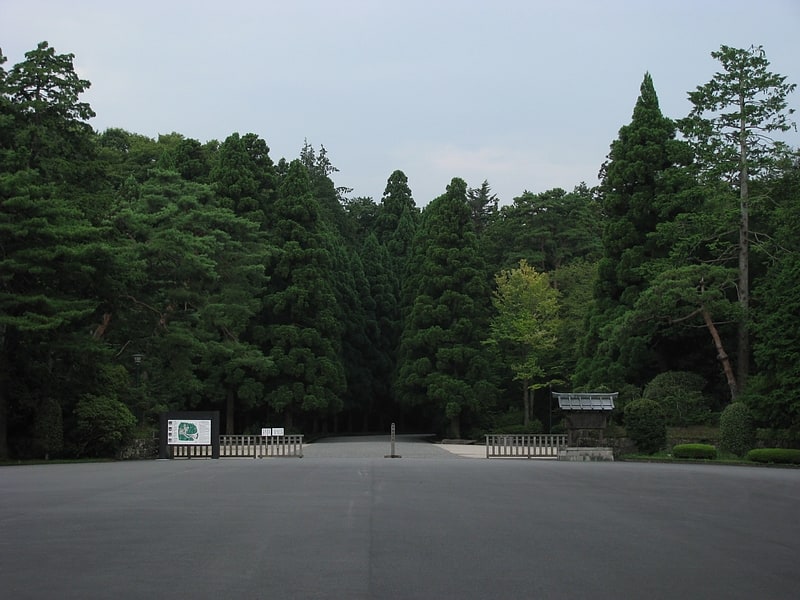
Also known as: 武蔵陵墓地
Historical landmark in Hachioji, Japan. Musashi Imperial Graveyard is a mausoleum complex of the Japanese Emperors in Nagabusa-machi, Hachiōji, Tokyo, Japan. Located within a forest in the western suburbs of Tokyo and named for the ancient Musashi Province, the site contains the mausolea of Emperor Taishō and Emperor Shōwa, as well as those of their wives, Empress Teimei and Empress Kōjun.[4]
Address: 1833 Nagabusamachi, 193-0824 Hachioji
Tama Forest Science Garden
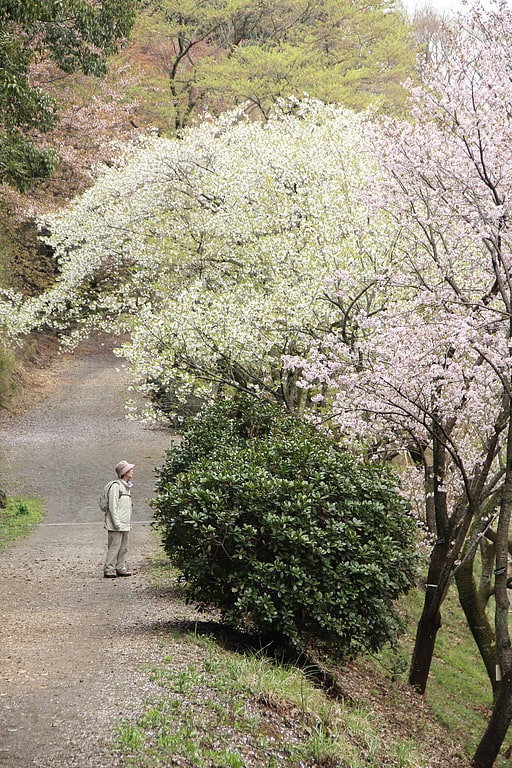
Also known as: 多摩森林科学園
Botanical garden in Hachioji, Japan. The Tama Forest Science Garden, formerly the Asakawa Experiment Forest and sometimes also known as the Tama Botanical Park, is an arboretum located at the foot of Mount Takao, 1833-81 Todori, Hachiōji, Tokyo, Japan. It is open daily except Mondays; an admission fee is charged.
The site was previously a battlefield where Hojo Ujiteru fought Takeda Shingen, then placed under custody of the Tokugawa shogunate. In 1921 it became an experimental station under the custody of the Forestry Management Division of the Ministry of Imperial Household. Today it is a branch laboratory of the Forestry and Forest Products Research Institute.
The garden includes 13 hectares of natural forest which consists mainly of Abies firma and Pinus densiflora, and broad-leaf evergreens such as Quercus glauca and Castanopsis cuspidata var. sieboldii. It also contains an arboretum with about 1,000 kinds of domestic and foreign trees, including 2,000 cherry trees representing 250 cherry varieties.[5]
Address: 1833-81 Todorimachi, 193-0843 Hachioji
Keio Rail-Land

Also known as: 京王れーるランド
Museum in Hino, Japan. Keio Rail-Land is a railway museum located next to Tama-Dōbutsukōen Station on the Keio Dōbutsuen Line in Hino, Tokyo, Japan. It is operated by the private railway operator Keio Corporation. Originally opening in March 2000, the museum was refurbished and expanded with a new outdoor exhibition area in 2013, re-opening on 10 October to mark the 100th anniversary of Keio.[6]
Address: 3-36-39 Hodokubo, 191-0042 Hino
Tokyo Fuji Art Museum
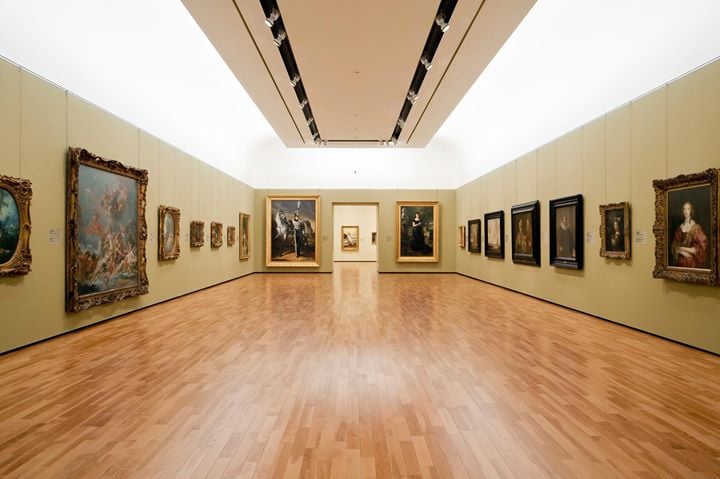
Also known as: 東京富士美術館
Museum in Hachioji, Japan. Tokyo Fuji Art Museum was established by Daisaku Ikeda and opened near the Sōka University campus in Hachiōji, Tokyo, Japan, in 1983. The new wing was added in 2008. The collection of some thirty thousand works spans the arts and cultures of Japan, Asia, and Europe, and the Museum takes touring exhibitions to other countries.
Abraham Cooper, Associate Dean of the Simon Wiesenthal Center, a holocaust museum in Los Angeles, explains that the center collaborated with the Tokyo Fuji Art Museum on an exhibition titled Friedl and the Children of Terezin. The exhibit featured the artwork of Friedl Dicker-Brandeis—Bauhaus paintings, theater sets, costume designs, and book bindings produced when she instructed children imprisoned in the ghetto of Terezin, a Czech town near Prague. It was seen by over 350,000 people in Japan.[7]
Address: Hachioji, 492-1 Yano-machi
Takao Jinba Prefectural Natural Park
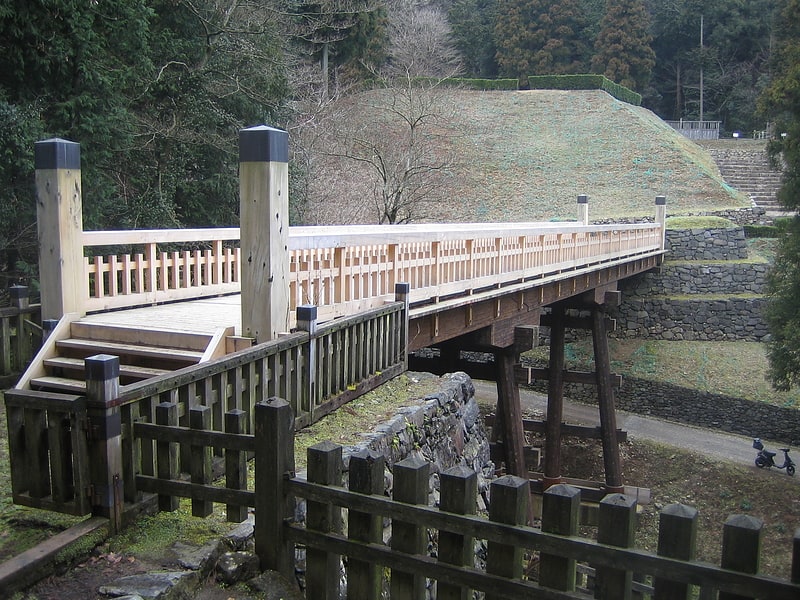
Also known as: 東京都立高尾陣場自然公園
Park in Hachioji, Japan. Takao Jinba Prefectural Natural Park is a Prefectural Natural Park in Western Tokyo, Japan. The park was established in 1950.[8]
Tama Art University

University library in Hachioji, Japan. Tama Art University Library is the academic library associated with Tama Art University consisting of two library locations in Tokyo, Japan: one on the Hachioji campus and the other on the Kaminoge campus. Together, the libraries serve university students and faculty as an information database with a primary focus on art education and research. Its collection also includes materials on design, architecture, film, photography, and other related topics of study.[9]
Tama Hills
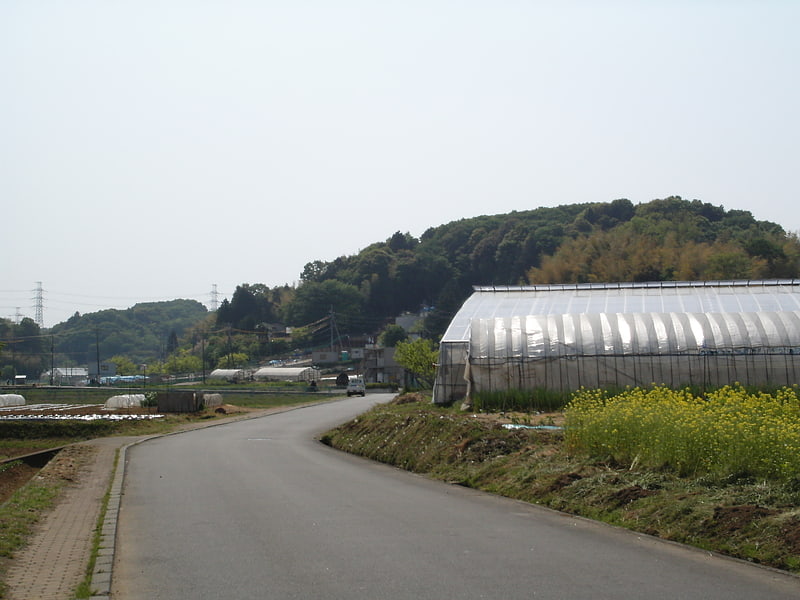
Also known as: 多摩丘陵
Tama Hills is an area of hills stretching across southwest Tokyo and northeast Kanagawa Prefecture in the Kantō Plain on Honshū, Japan. Its total area is approximately 300 km2. The Tama River marks its northeastern boundary. The Tama Hills border the Sagamino plateau.
It straddles the municipalities of Hachiōji, Hino, Tama, Inagi, and Machida cities in Tokyo, and Kawasaki and Yokohama cities in Kanagawa.
The area is dotted with remains of Jōmon period hunter-gatherer settlements.
The area had been developed extensively since the 1950s to support demand for housing around rapidly expanding Tokyo and Yokohama. The hills are now mostly a patchwork of new residential suburbs and low, forested hills and pockets of remaining farmland. Some fairly large areas of forests still exist in places. Most notable among the housing developments are Tama New Town and Kohoku New Town.
The build-up of the area is a key plot element to the Studio Ghibli film Pom Poko.
Points of interest in Tama Hills include:
- Tama zoo: one of the main zoos in Japan.
- Zoorasia: a new zoo in Asahi ward, Yokohama.
- Yomiuriland amusement park
- Nihon Minka-en: a collection of 20 traditional Japanese farmhouses in Tama ward, Kawasaki.
Akishima
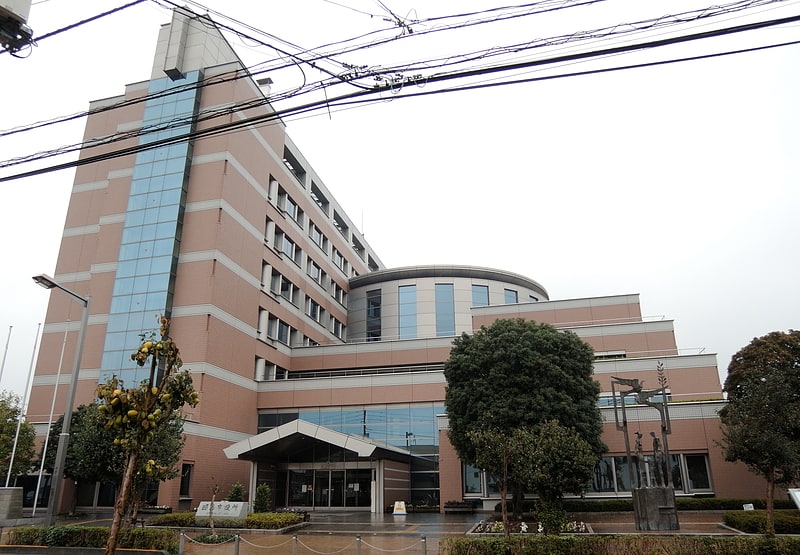
Also known as: 昭島市
City in Japan. Akishima is a city located in the western portion of Tokyo Metropolis, Japan. As of 1 April 2021, the city had an estimated population of 113,542, and a population density of 6500 persons per km². The total area of the city is 17.34 square kilometres.[11]
Hino
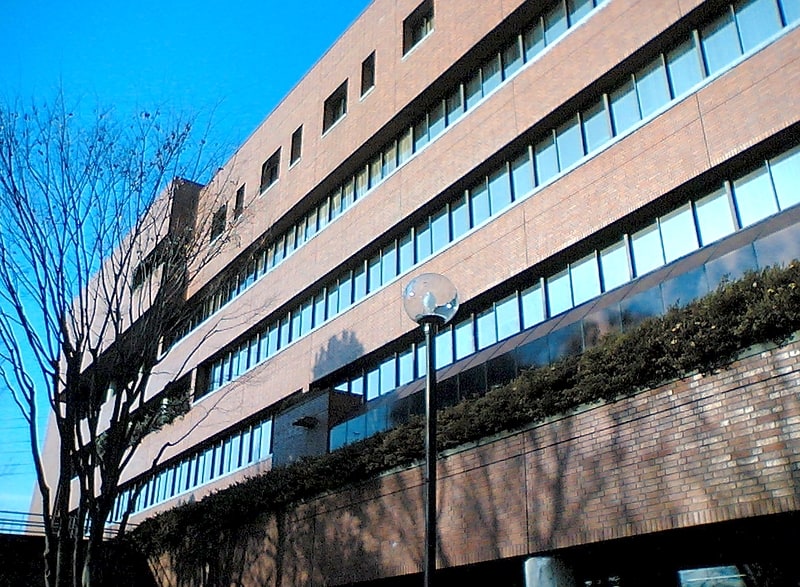
Also known as: 日野市
City in Japan. Hino is a city located in the western portion of Tokyo Metropolis, Japan. As of 1 April 2021, the city had an estimated population of 187,048, and a population density of 6800 persons per km². The total area of the city was 27.55 square kilometres.[12]
Akiruno
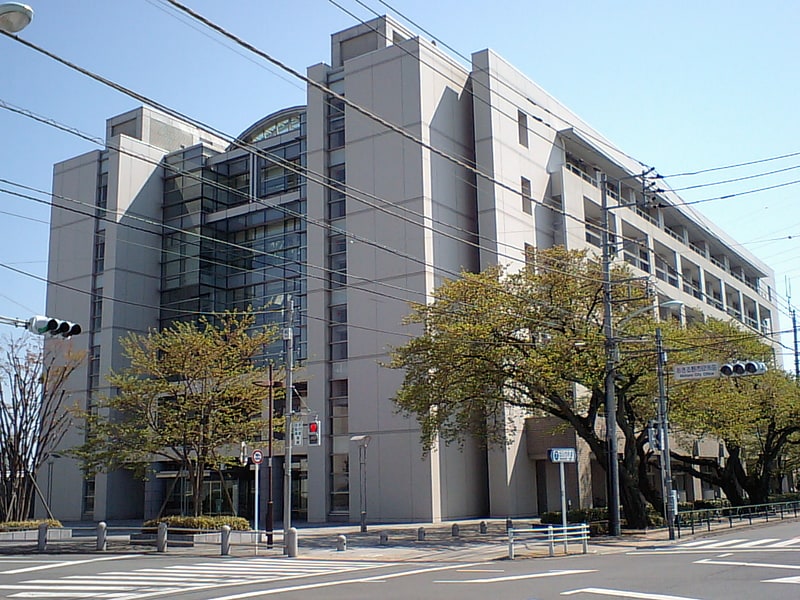
Also known as: あきる野市
City in Japan. Akiruno is a city located in the western portion of Tokyo Metropolis, Japan. As of 1 April 2021, the city had an estimated population of 80,177, and a population density of 1100 persons per km2. The total area of the city is 73.47 square kilometres.[13]
Fussa
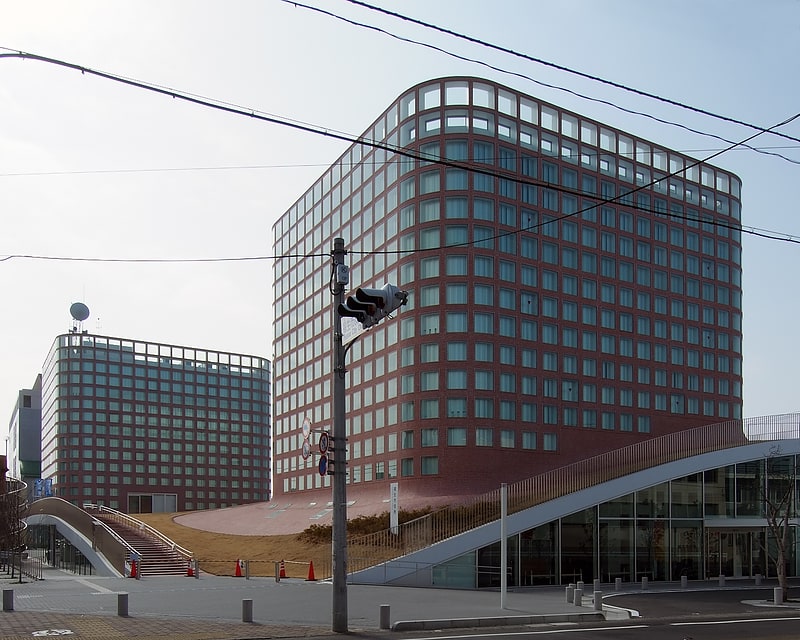
Also known as: 福生市
City in Japan. Fussa is a city located in the western portion of Tokyo Metropolis, Japan. As of 1 April 2021, the city had an estimated population of 56,786, and a population density of 5600 persons per km². The total area of the city is 10.16 square kilometres.
About one third of the city area is occupied by the United States Air Force Yokota Air Base, giving the city an effective population density of 8,782 persons per km2.[14]
Hinode
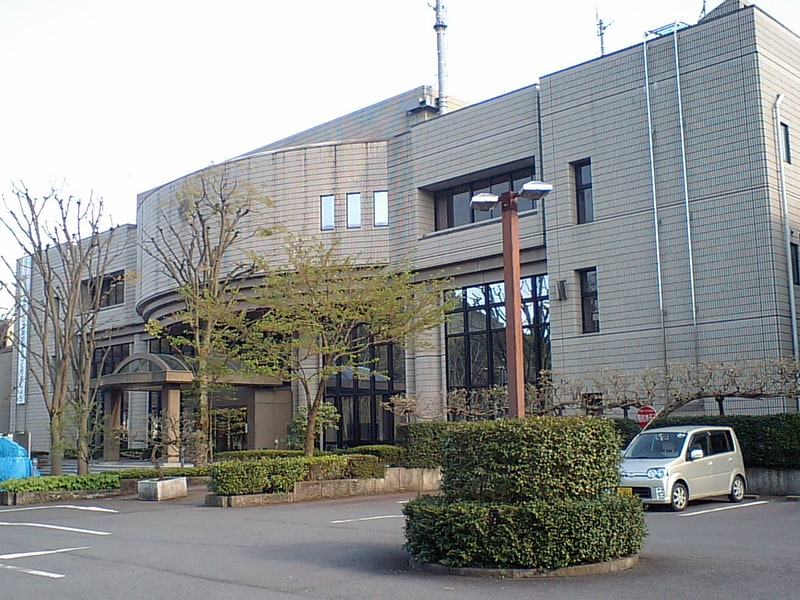
Also known as: 日の出町
Town in Japan. Hinode is a town located in the western portion of Tokyo Metropolis, Japan. As of 1 April 2021, the town had an estimated population of 16,563, and a population density of 590 persons per km2. The total area of the town is 28.07 square kilometres.[15]